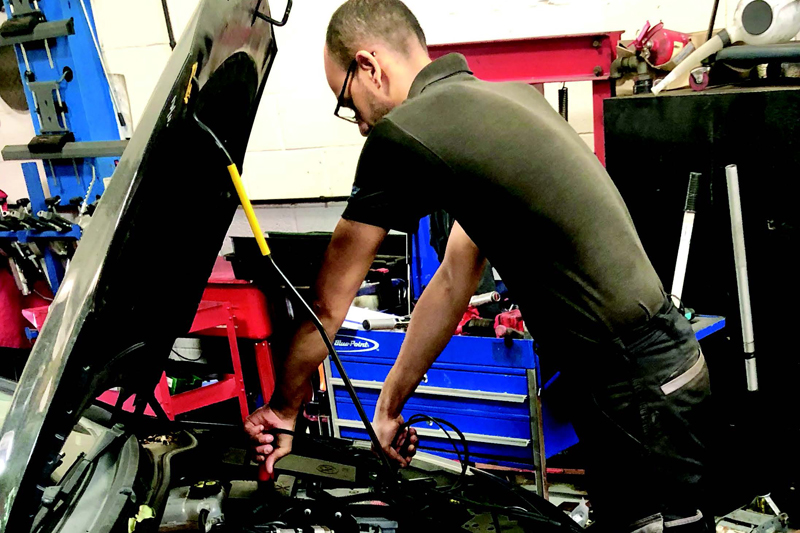
CTEK shares some interesting data that could help to increase sales of batteries and battery management equipment.
CTEK carried out a trial with three UK independent workshops. The company sought to demonstrate that introducing a testing and charging programme could benefit the workshop. Each workshop was supplied with a CTEK PRO Battery Tester, and an MXTS 40 battery charger and support unit.
The trial was pretty simple, each workshop was asked to do the following:
- Test the battery of every vehicle that entered the workshop.
- Act in relation to the PRO Tester’s indication of the battery’s condition; it will either be in a good condition, meaning that no action is required, a fairly good condition and will need a recharge, or the battery will need replacing.
- Record this indication, along with the voltage of the battery.
- Recharge or replace the battery if required.
The trial provided some interesting statistics:
- The average voltage of vehicle batteries entering UK workshops is around 12.3V – many batteries were at risk of sulphation, which is the biggest killer of batteries.
- 34% of batteries needed recharging.
- 17% of batteries needed replacing.
These statistics demonstrate the need for testing and charging, and they highlight the business opportunities that could be realised through battery replacement and reconditioning services.
CTEK visited trial workshop S.J. Wright Motors in Cambridgshire to find out how the Test and Charge programme was working. Workshop owner Steve Wright explained that a battery test is now part of the service, commenting, “It’s one of the first things that we do after we have opened the bonnet.”
Whilst the Test and Charge programme has increased battery sales, it’s also helping to identify other vehicle faults more quickly. Steve added, “We are finding that when the tester identifies a battery in need of recharge or replacement, other issues have been occurring. For example, some vehicles will partially shut down central locking or air conditioning if the battery is low. Undertaking the battery test sometimes helps us to get to the root of a problem a lot sooner, or in some cases, draw attention to the problem with the vehicle owner, who may just have been ‘living with the problem’ rather than reporting it to us.”
If the tester indicates that a recharge is required, S.J. Wright Motors uses this as an opportunity to enhance its customer service offering. Steve explains, “We don’t always charge for the service, we deliver a recharge and then advise the customer that we have done it. For me, it’s about customer retention. The customer reaction is always so positive that we have drawn their attention to a potential problem.”
“It also means that I can protect my reputation. If I identify that a battery needs replacing and the customer response is ‘don’t worry it’s working so I won’t replace it right now’, and then it fails shortly after leaving my workshop, they don’t think it is something that I have done.”
So for factors, this trial identifies a new approach to testing and charging that can increase battery and battery charger sales whilst also increasing customer satisfaction, protect their reputation, and educate drivers on the importance of battery maintenance.







